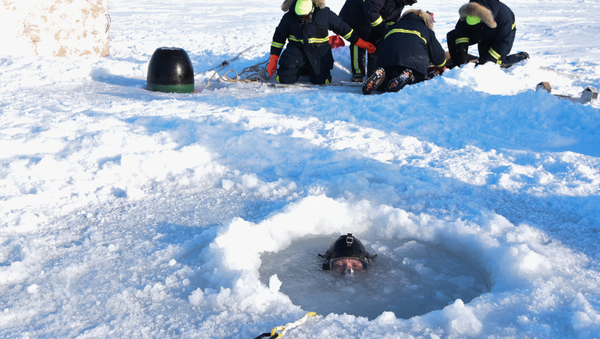"The Atlantic is a battle-space that cannot be ignored. Our new reality is that when our sailors toss lines over and set sail, they can expect to be operating in a contested space once they leave Norfolk", Lewis said. "We are seeing an ever-increasing number of Russian submarines deployed in the Atlantic, and these submarines are more capable than ever, deploying for longer periods of time and with more lethal weapon systems".
Lewis noted that in the Arctic, Russia had been returning to its Soviet-era bases, building new military facilities and has even constructed an ice-breaker capable of wielding "the extended-range Caliber missiles".
To illustrate the increasing challenges to the US Navy, Lewis mentioned the case of a Russian intelligence vessel that visited the East Coast of the United States late last year.
"Our ships can no longer expect to operate in the safe haven on the East Coast or merely cross the Atlantic unhindered to operate in another location. Our sailors have a mindset that we are no longer uncontested", Lewis said.
The Second Fleet, responsible for the East Coast and North Atlantic Ocean, was deactivated in 2011 under the assumption that military threats in the region subsided after the end of the Cold War. As tensions with Russia have emerged anew, the Second Fleet was reestablished in 2018 with headquarters in Norfolk, Virginia, and has been declared fully operational.


